
Usually, writing my posts for 10,000 Birds follows a rigorous process. First, I just write down whatever comes to mind. Fortunately, this always justifies including my favorite photos on the subject – I tend to be quite lucky in that respect. Next, I see how the post looks in the preview. Then, there is a final editing step. In that step, I make sure all the bad and mediocre jokes as well as all irrelevant semi-scientific information stay in while anything remotely approaching useful information for birders is strictly eliminated.
This post is different. For once (and probably for once only), I want to highlight a few things I take on multiple-day birding trips. None of these will probably be included in typical “What to bring” lists – no guidebooks, sun hats, binoculars, etc. Just a few things that I find useful myself. I bought most if not all of them cheaply on Taobao, a pretty much universal Chinese shopping website – my guess is they should be available in other countries as well, but I cannot be sure (and things will likely be more expensive).
Shoe Dryer
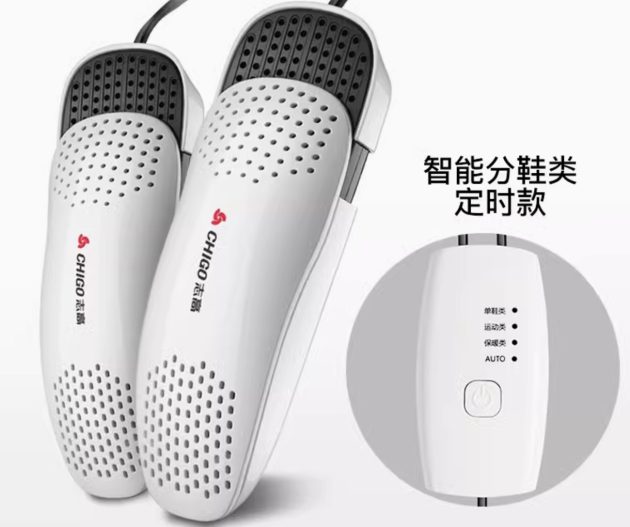
In some birding locations, it is hard not to get your shoes wet. Fortunately, I learned about the existence of these shoe dryers from an experienced bird guide (thanks, Shay!). Basically, these are tiny little heaters that can be placed inside your shoes – you plug them in and your shoes get dry overnight.
Caffeine Tablets
Some of my favorite bird guides spend a lot of money on Red Bull, presumably for the caffeine, as its taste is appalling (as if some cheap kid’s lollipops had been dissolved in water). Caffeine tablets are a simple alternative – cheaper, easier to pack and just as effective.
Mosquito Incense
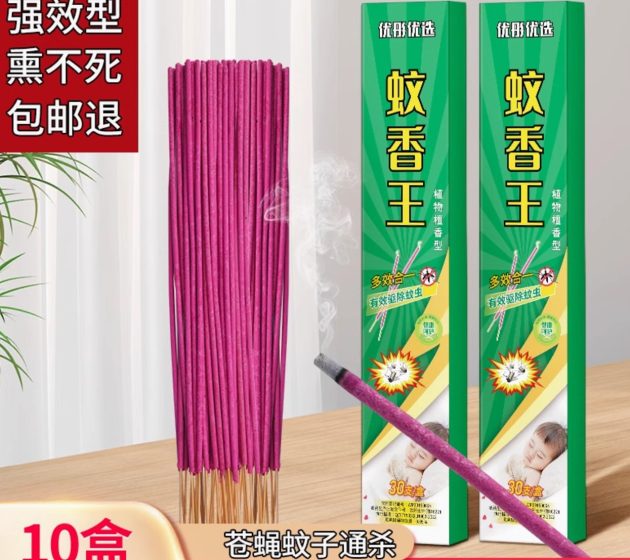
Putting mosquito repellent on your skin is nice (well, not exactly nice, but it helps). But if you stay in one place longer, such as a bird hide, incense sticks purpose-made for repelling mosquitos – rather than making your room smell like a perfume store – are extremely useful. I learned that from local birders at Sepilok in Malaysia, who use them all the time.
Thermos, instant coffee, water boiler
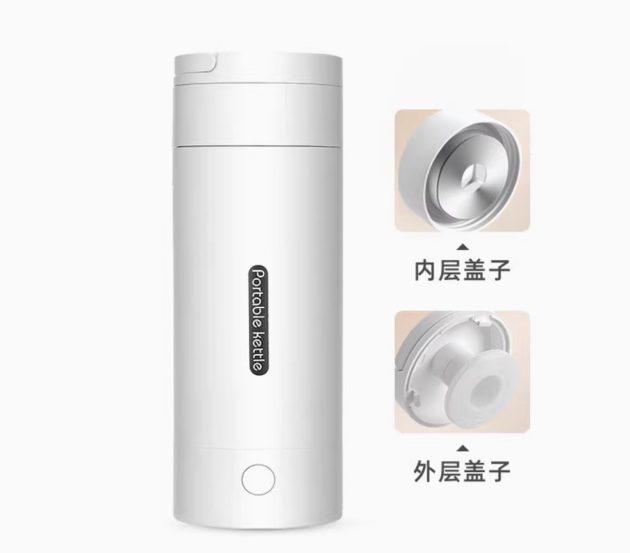
In Indonesia, I think I finally figured out the difference between a (low-end) hotel and a homestay. Both offer essentially the same bed, bathroom etc. – but there are usually two differences. Homestays often do not have a table – kind of annoying when you need to use a computer. Sadly, I have no solution for that – I do not carry a portable table around with me. However, the other difference is that homestays often do not have a water boiler. So, I take a small portable one along with me now, plus a thermos and instant coffee (even the hotels in some countries only offer tea, not coffee). And have coffee in the morning and also during the trip (thanks to the thermos). It is not Starbucks quality, but then my life isn’t, either.
Military Biscuits
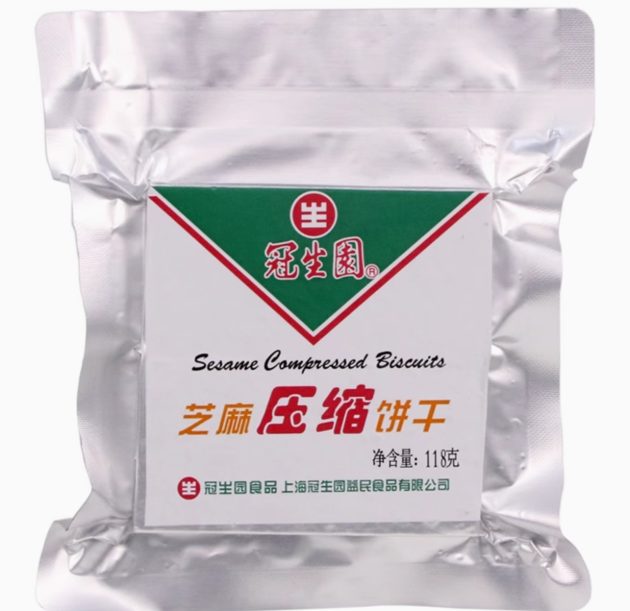
The Chinese military has not fought a war in quite a while, but with regard to food, they are well-prepared. On Taobao, semi-sweet compressed military biscuits are sold. They are lightweight and full of (presumably not very healthy) calories. But taking one or two along for every traveling day makes me pretty much independent of the meal schedule the birding requires.
Tissue paper
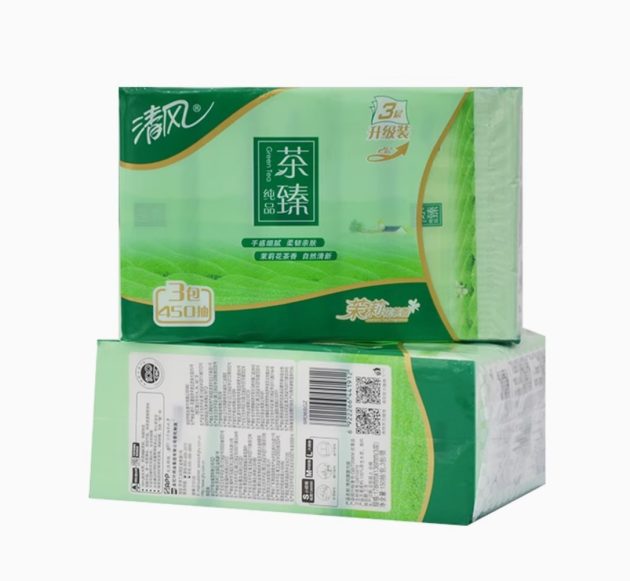
Some ridiculously extroverted people (you know who you are) probably enjoy asking for toilet paper in a foreign country and in a foreign language. For the rest of us, we try to avoid this situation.
Toothbrush
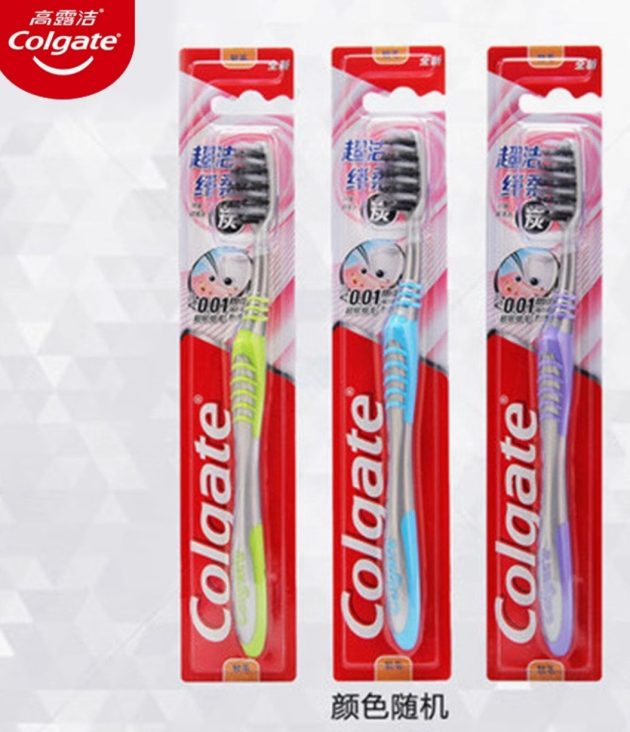
You might – correctly – point out that rooms at least in Asia usually come with a toothbrush. But – and I worked in developing dental materials for about 5 years of my life – have you seen the quality of these toothbrushes? So, if you like your teeth, bring your own good toothbrush.
Plastic bags
They weigh next to nothing, and you will be so glad to have an easy way to keep clean things clean and dry things dry. You know how plastic bags look like, right? So I do not need to find a photo.
Wet towels
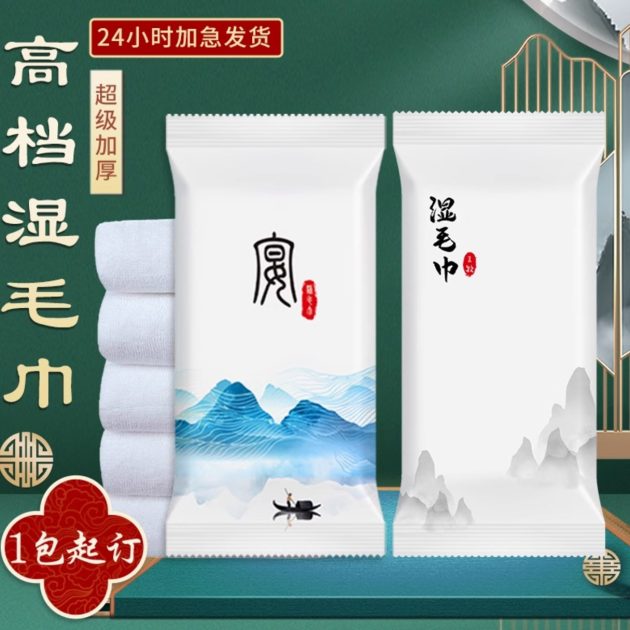
In Chinese restaurants, guests are often offered wet towels packed in plastic. Turns out these towels are ideal for cleaning your face and hands in hot climates – and after that, you can still use them to clean your clothes and your shoes (just do not mix the order up). The only drawback is that they are of such good quality that it is sometimes difficult for me to throw them away.
Socket with surge protection
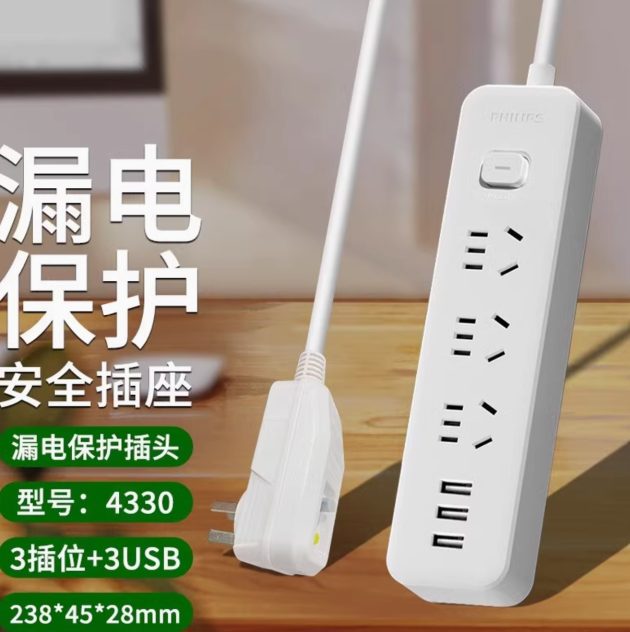
I once had a computer power source and a battery charger killed by an electricity surge in rural China – I was lucky to get a replacement quickly, but I now always use a multi-socket plug with surge protection. It also has a number of USB connections. Also very useful if your room only has one socket but you have about 5 items that need charging.
And because it is Christmas and I feel generous and also just have come back from a birding trip in Inner Mongolia which brought some new insights, here is a bonus tip: a dummy hotel key card.
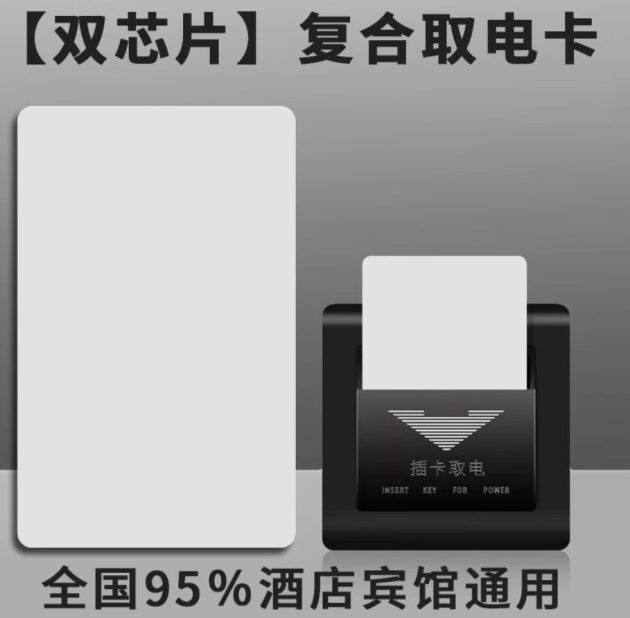
You put it in the slot instead of the actual key card issues by the hotel and thus avoid having your computer shutting down, your camera batteries not charging, etc. while you are having dinner, or – god forbid – go owling at night.
It costs 2.8 RMB on Taobao—about 38 US cents. If that seems too much, you might consider ‘forgetting’ to return a card the next time you check out somewhere. However, this could easily lead you down a slippery slope to a life of crime.
Which items do you take along on your trips, apart from binoculars? Let me know in the comments!






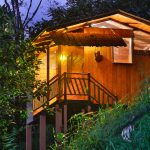

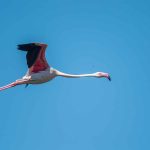

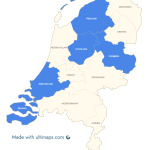
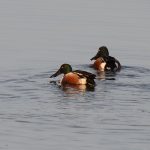

Solar power bank. Nanotube drinking straw.
Can I find those Mosquito Incense sticks at Temu shopping platform? Which brand name (in Latin alphabet) to look for?
You can look for “mosquito repellent” or citronella. I just found it there, though the specific item I clicked on was sold out.
Are solar power banks really working at a reasonable charging speed? Or is it just a gimmick to give people the impression of sustainability? And what is the straw for – filtration? I never use a straw to drink …
The nanotube allows me to drink water from streams and such. Used it all over Africa. The power bank works well. I leave it to charge the whole day.
A rechargeable pocket hand-warmer is very useful in cold climates. However, don’t pack such electrical devices in your hold luggage as they are liable to be removed. This happened to me once flying back from artic Finland – the hand warmer was new, having been bought for the trip. For the same reason never pack camera batteries in anything other than hand luggage.